Watch: Monoculture — the Story of the Bass Station
Alex Ball’s new documentary explores how this ’90s classic fits into synth history
If you’ve spent any time on synth YouTube, you’ll likely have come across Alex Ball’s documentaries and tutorials already. The composer, producer, and all-around synth fanatic has been creating these carefully researched and expertly executed videos for the better part of a decade, earning himself a legion of followers along the way.
In his latest video, Alex turns his attention to our own Bass Station — the affordable, 303-inspired synth that went on to become a bona fide analogue classic. While Alex’s interest may have started there, the story rewinds back to designer Chris Huggett’s 1978 Wasp synthesiser and follows his influential ideas all the way up to the present day.
The story.
1978: EDP Wasp
Legendary synth designer Chris Huggett’s first synth, the Wasp, had dual hybrid digital VCOs, a switchable analogue VCF, and a unique, touch-sensitive keyboard. It was very well received at the time, in part due to its affordable £199 price tag.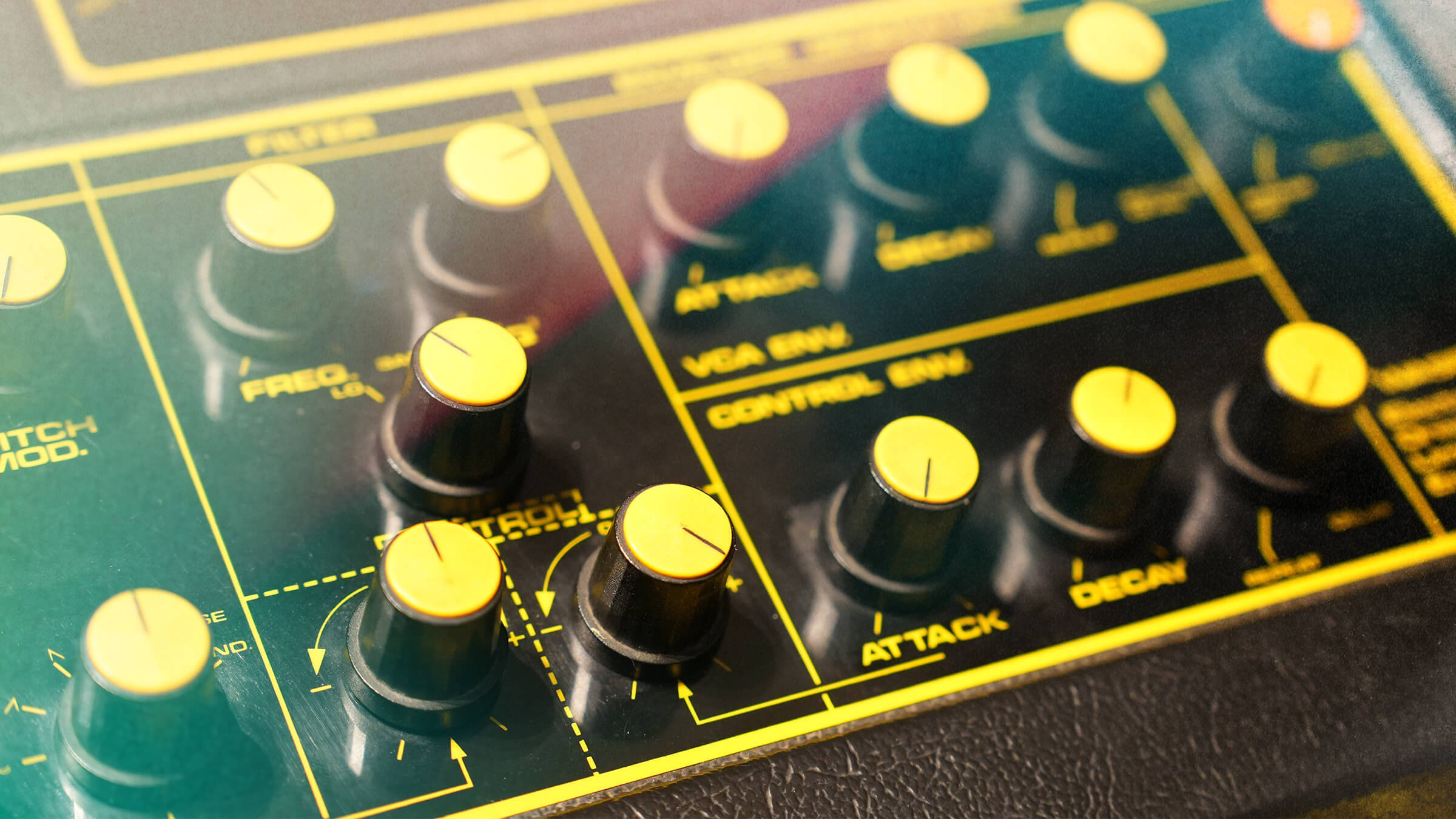
1983: OSC OSCar
Following the demise of EDP, Huggett founded the Oxford Synthesiser Company, which debuted with the OSCar, an affordable dual-oscillator synth with a traditional keybed plus an arpeggiator and a step-sequencer. It was also one of the first synths to incorporate MIDI.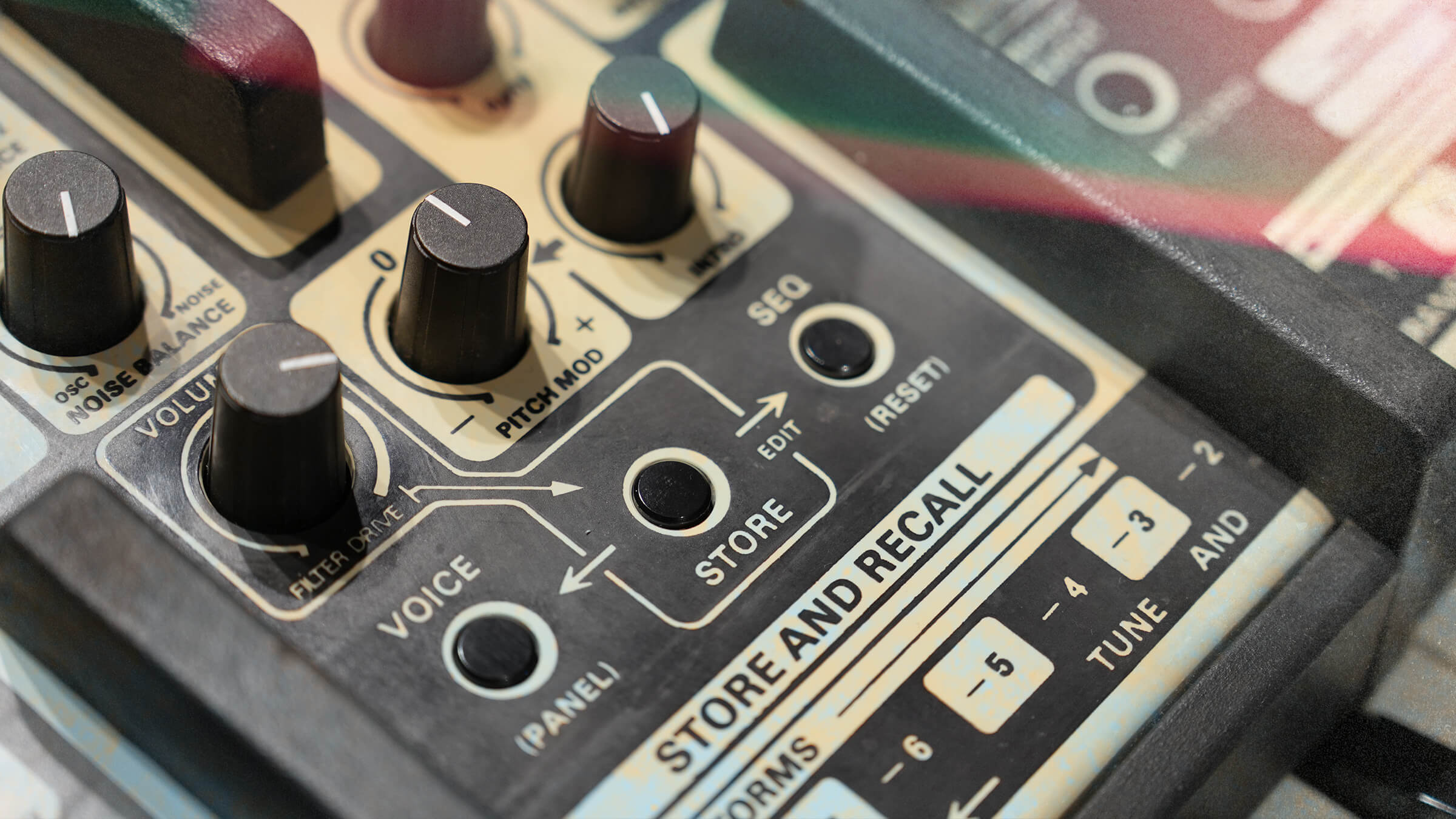
1992: Novation MM10
Not a synth in and of itself, the MM10 was the first ever Novation Product. This portable, battery-powered keyboard controller was designed specifically to house the Yamaha QY10 music workstation.
1993: Novation Bass Station
Chris Huggett’s first collaboration with the fledgling Novation saw him repurpose the MM10’s outer shell as a chassis for the original Bass Station, which delivered the essential electronic sounds of the era at a newly accessible price point. This now-iconic monosynth featured the same filter and VCA as the Wasp and has been put through its paces by artists including Massive Attack, Radiohead, Nine Inch Nails, and Underworld.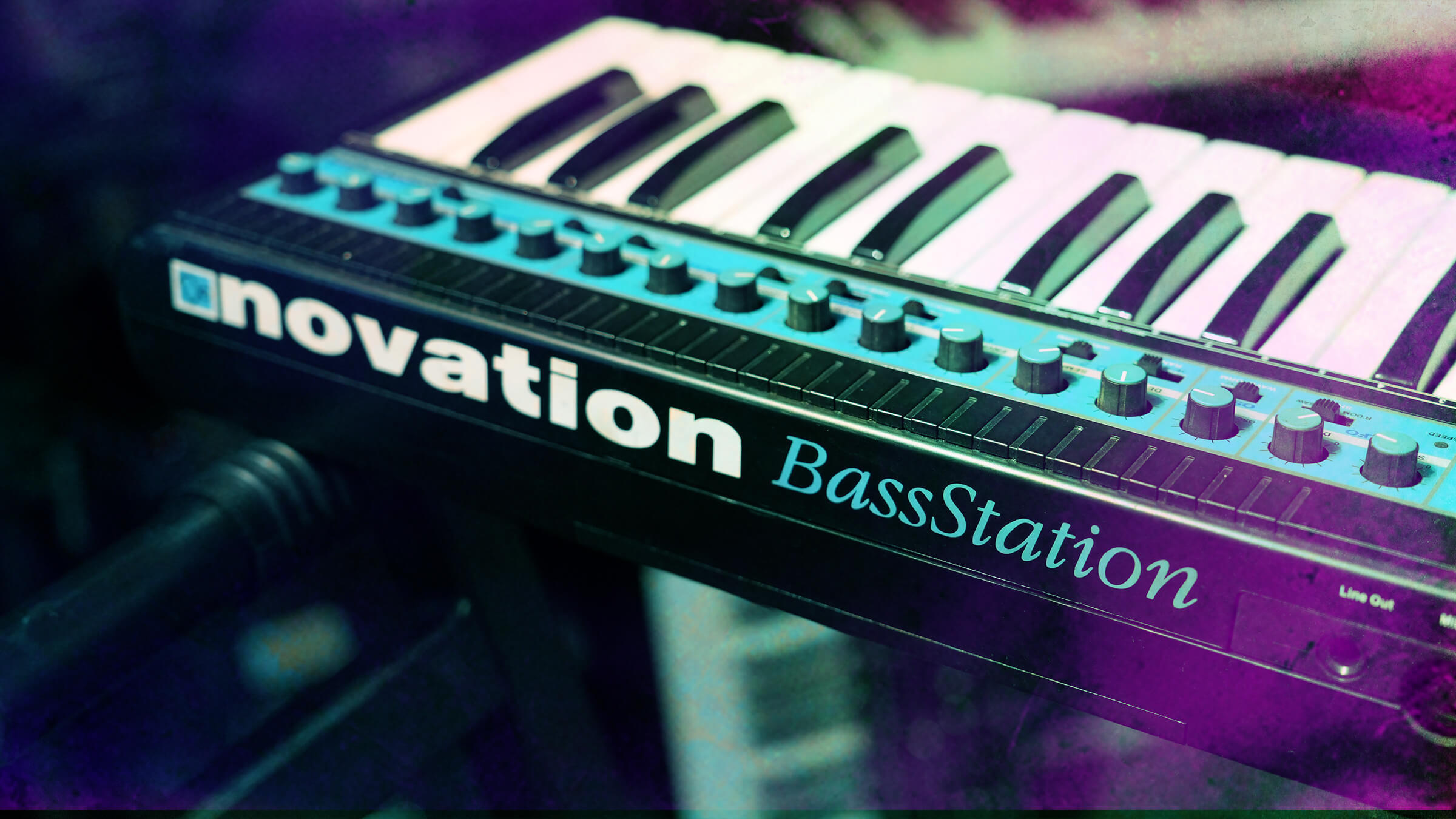
“I think Novation had their finger on the pulse,” says Alex of the original Bass Station. “They spotted what was happening with young musicians creating new genres around ageing second-hand analogue synths. They stepped in with something new with the right sounds for the music people were making, but at an affordable price and with the convenience of modern functionality like MIDI, memory, etc. It was a bit of a nail-on-the-head sort of moment.”
1994: Novation Bass Station Rack
Beyond just removing the keys and cramming Bass Station’s internals into a 19-inch casing, the rack version featured expanded memory and an LCD display that made it easier to navigate stored sounds. The LFOs also gained sync capabilities, envelopes became more flexible, and I/O was significantly expanded.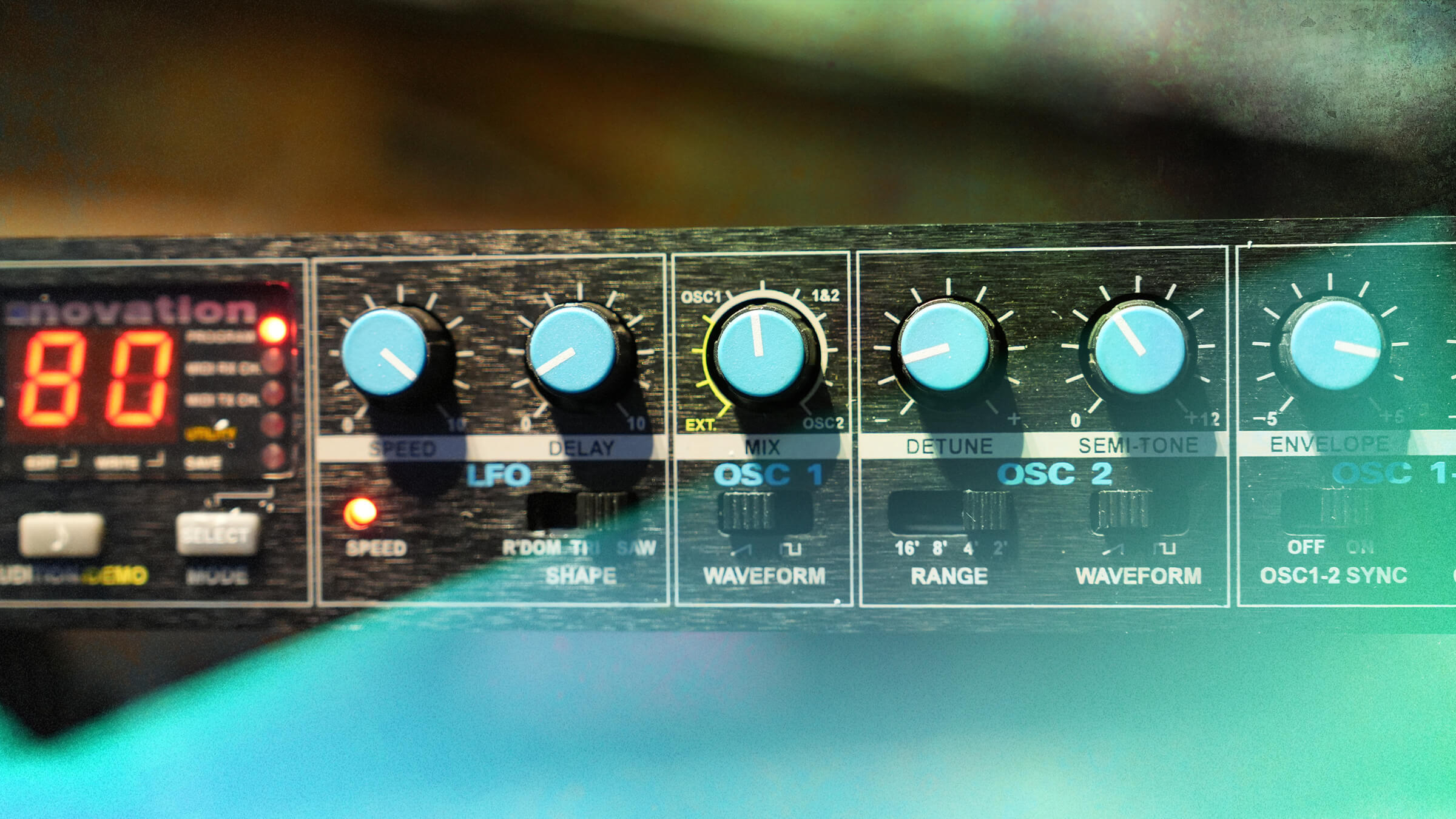
1997: Super Bass Station
Another rack unit, The Super Bass Station, took the series to new heights (and lows) with the addition of a sub-oscillator, even more patch memory, and new effects including analogue distortion and a stereo chorus. A new mixer section allowed for the creation of multitimbral sounds, greatly expanding the synth’s range.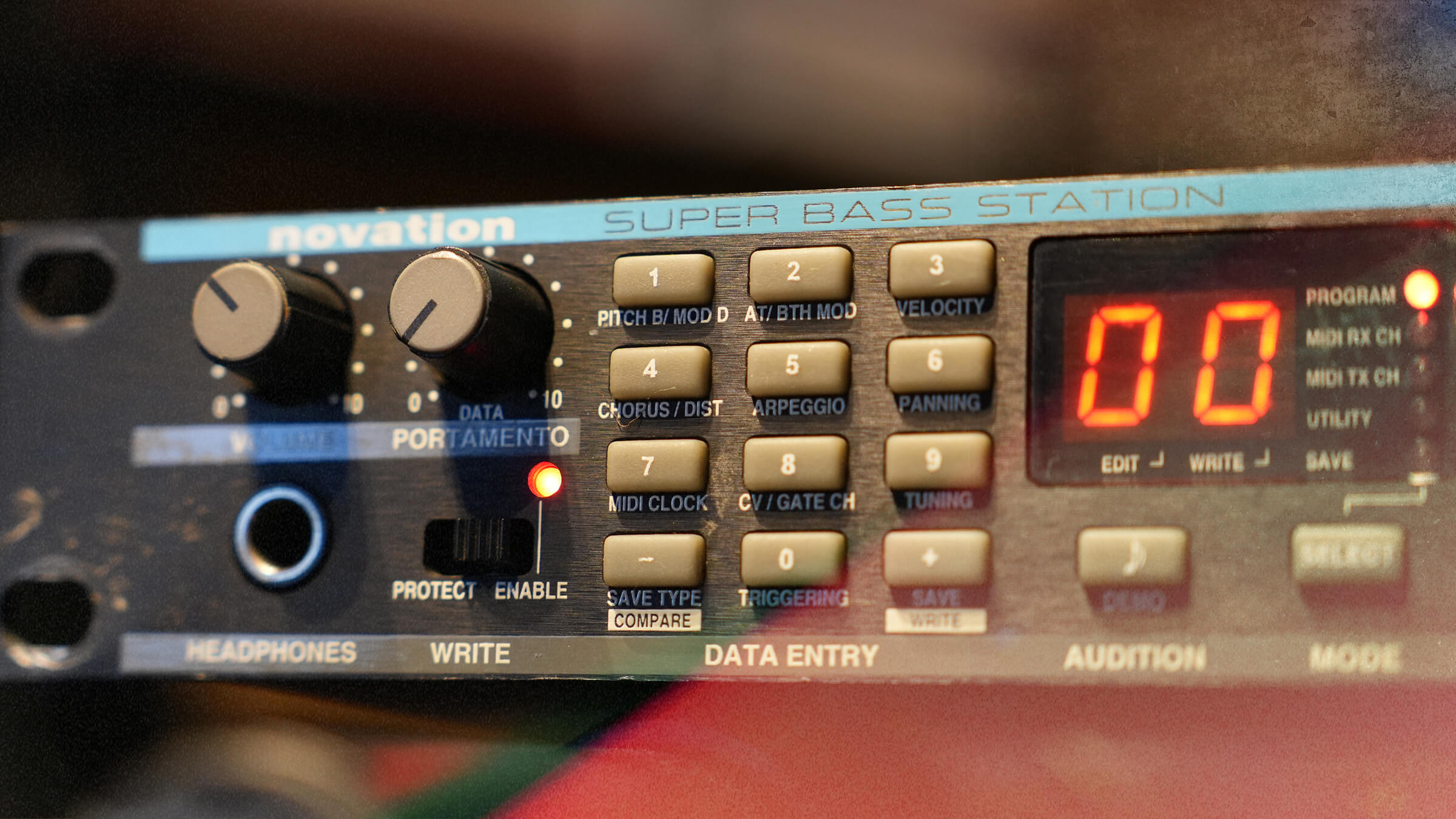
1998: Novation Supernova and Nova
Chris Huggett’s first project as a full-time member of the Novation team was the Supernova, a 3U rack-mounted analogue-modelling polysynth that found favour with Orbital, Jean-Michel Jarre, and others. A year later, we added the Nova to our lineup — a 12-note desktop synth based around the Supernova engine.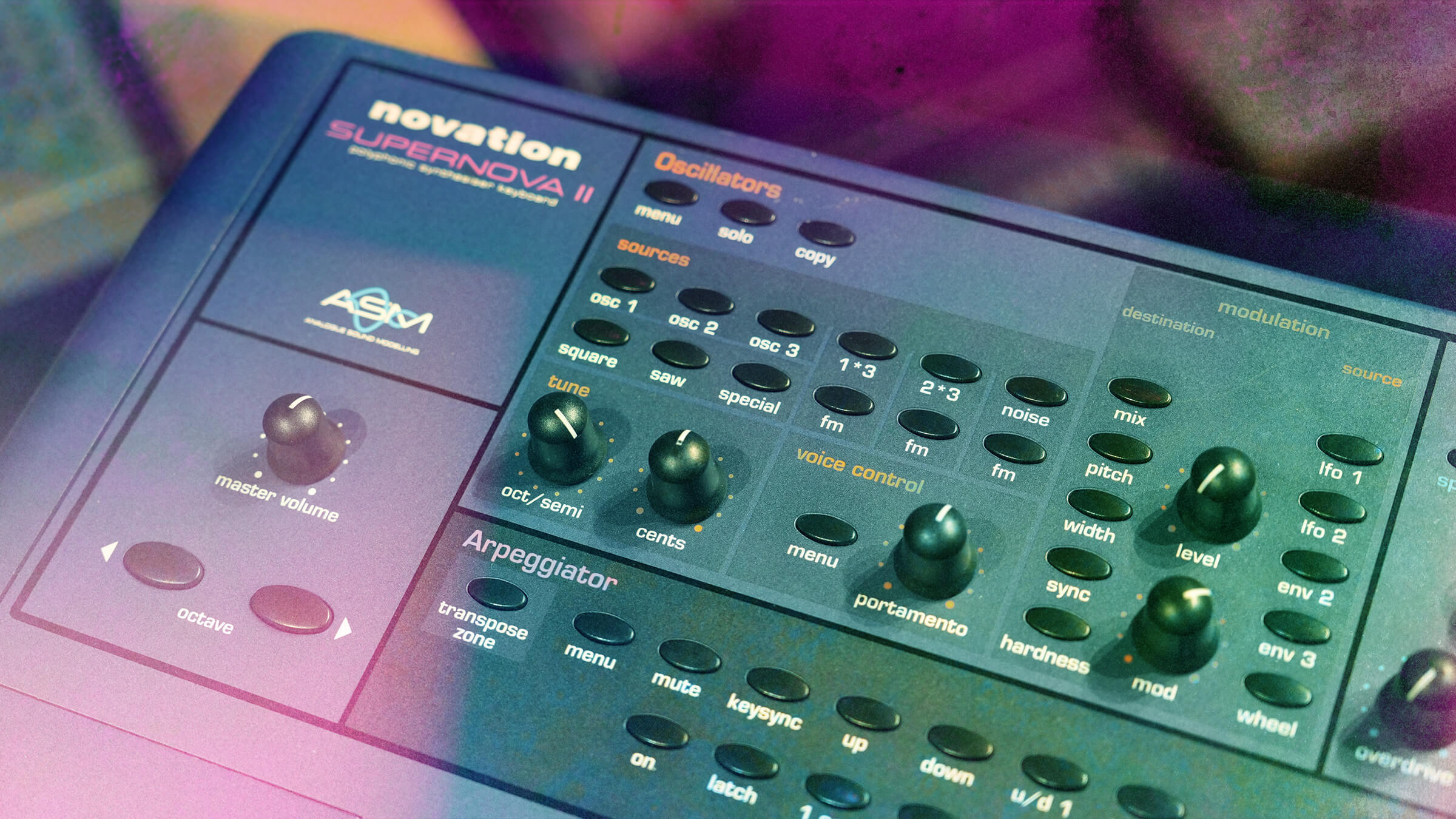
“The problem analogue always suffers from is the requirement for physical circuits — and the fact that many things just simply aren't possible at all,” explains Alex. “An instrument like the SuperNova just couldn't exist in analogue, but it's not just about functionality; the Novas were used by many artists and helped shape the sound of the era.”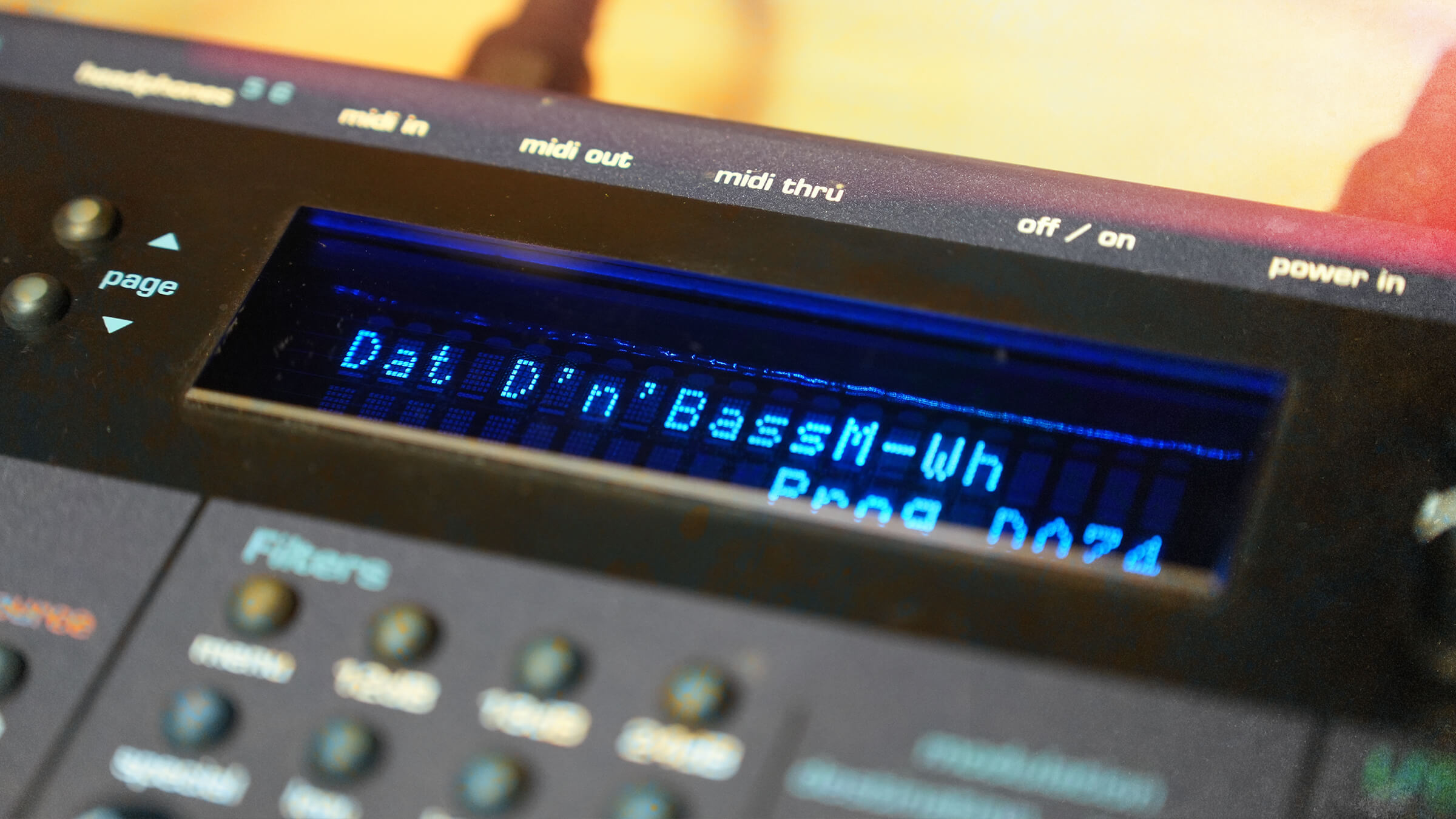
2003: Novation B-Station and V-Station
The early 2000s saw a boom in computer-based music making, driven by rapidly advancing capabilities and decreasing costs of consumer PCs. Novation’s first brief foray into the world of software instruments came in the form of the B-Station and V-Station — virtual emulations of the Bass Station and 2002’s K-Station, respectively.
2010: Novation UltraNova
Based on an updated version of the Supernova engine, the UltraNova was a 37-key hardware synth that combined analogue-modelling and wavetable capabilities with a 12-band vocoder, a USB audio interface, and a software editor. Since its release, the UltraNova has been spotted in the studios of Kygo, Finneas, and many others.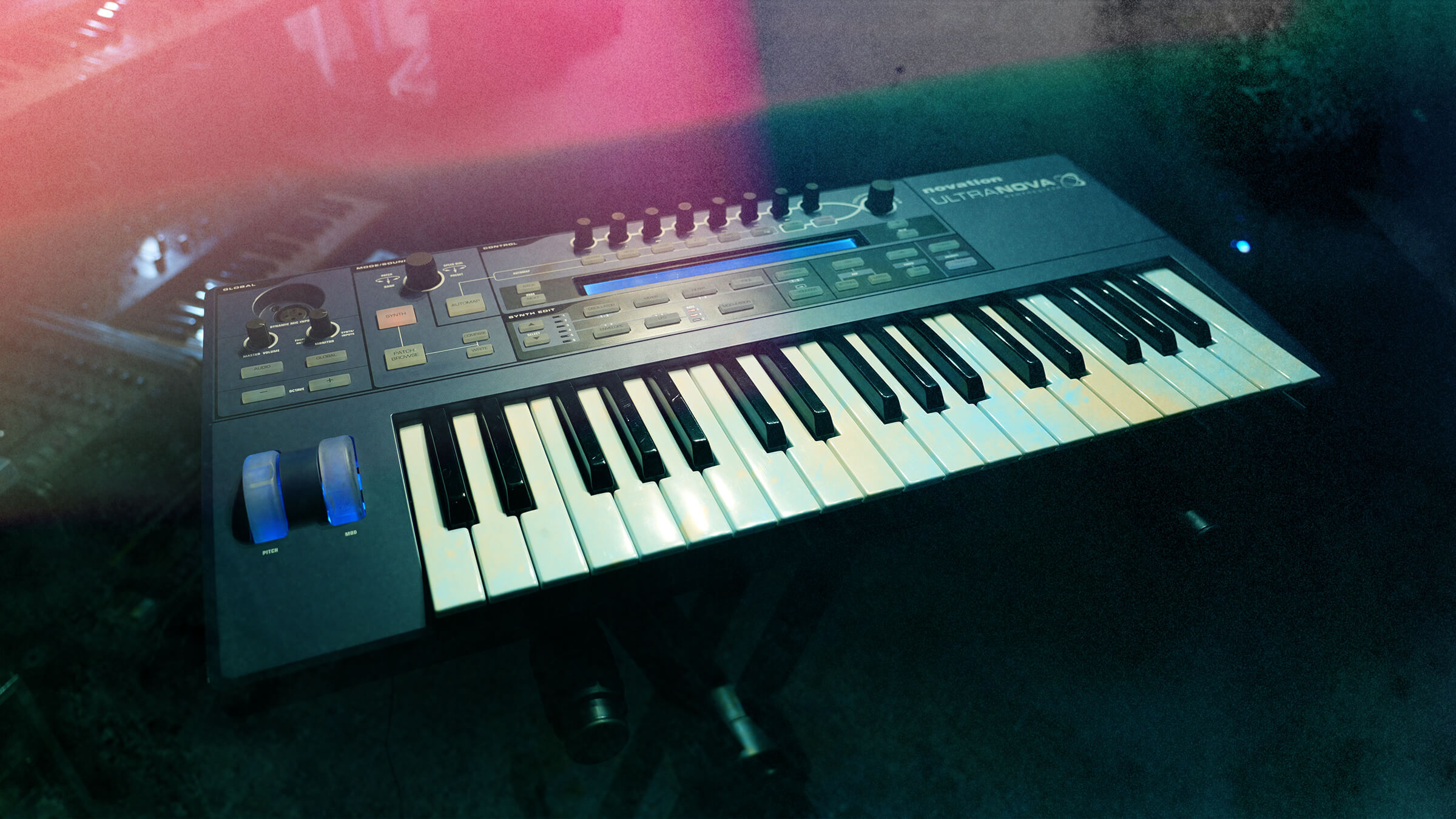
2013: Novation Bass Station II
20 years after the original Bass Station, Chris Huggett and the team followed it up with a true successor. Bass Station II features a two-octave keyboard and modulation section, a powerful arpeggiator, step sequencer, built-in effects, storage for custom sounds, and a growing collection of presets. Since its release, the Bass Station II has been spotted in the setups of Bonobo, Queens of the Stone Age, Orbital, and others.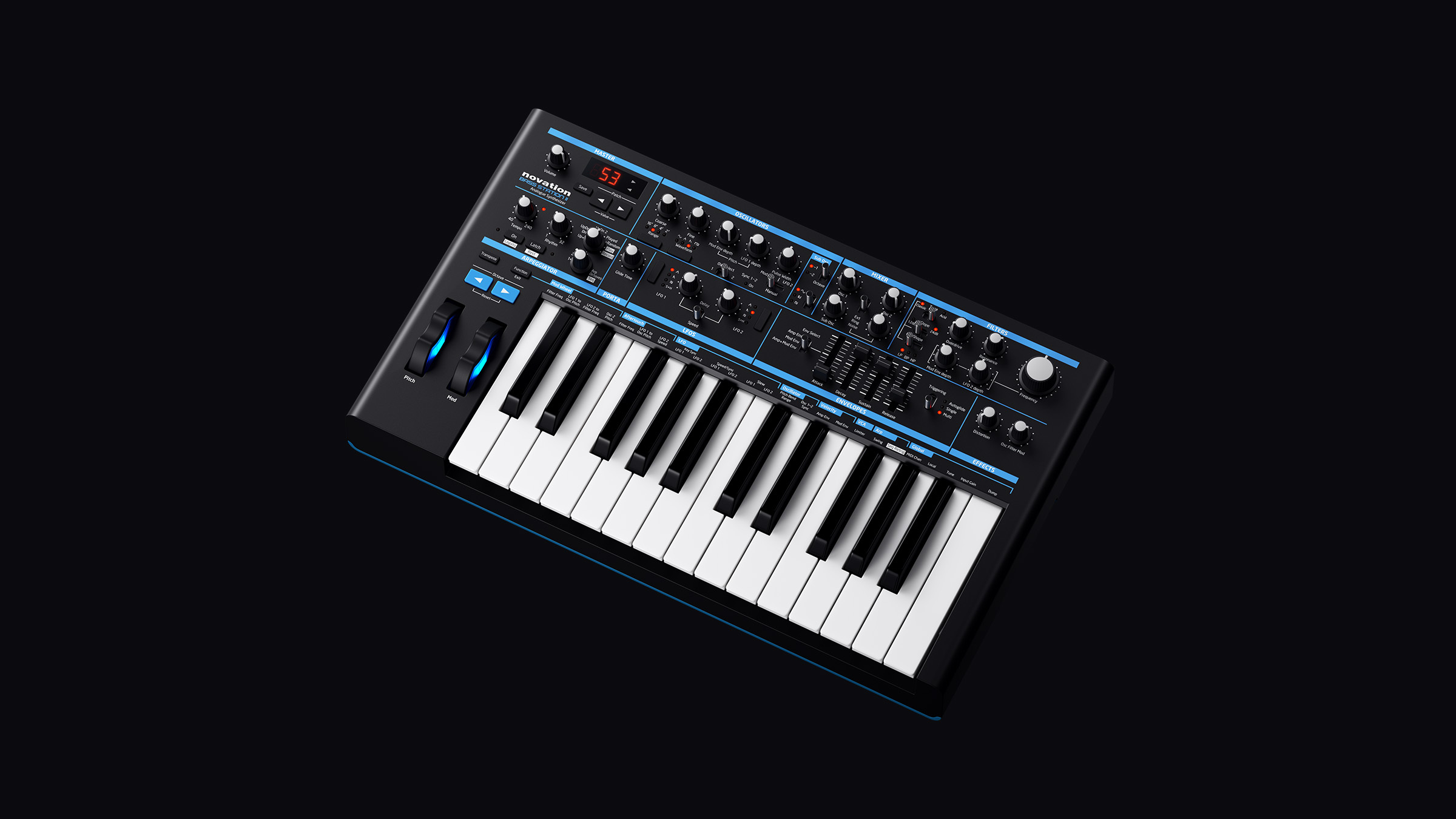
“The BS2's success was probably initially down to the direct and hands-on interface, great raw sound and competitive price,” says Alex. “But the unusually long production life is probably down to the surprising updates that Novation have implemented, expanding out the usefulness of the BS into another decade.”
2017: Peak and Summit
Peak is an intuitive eight-voice polysynth with no small measure of Bass Station in its DNA, thanks once again to Chris Huggett’s involvement. It pairs an analogue filter and VCA with FPGA digital oscillators for a best-of-both-worlds approach that’s found favour with artists like Bicep and Max Cooper. Summit, our flagship synth to this day, answers the question, “What if you packed two Peaks into one keyboard?”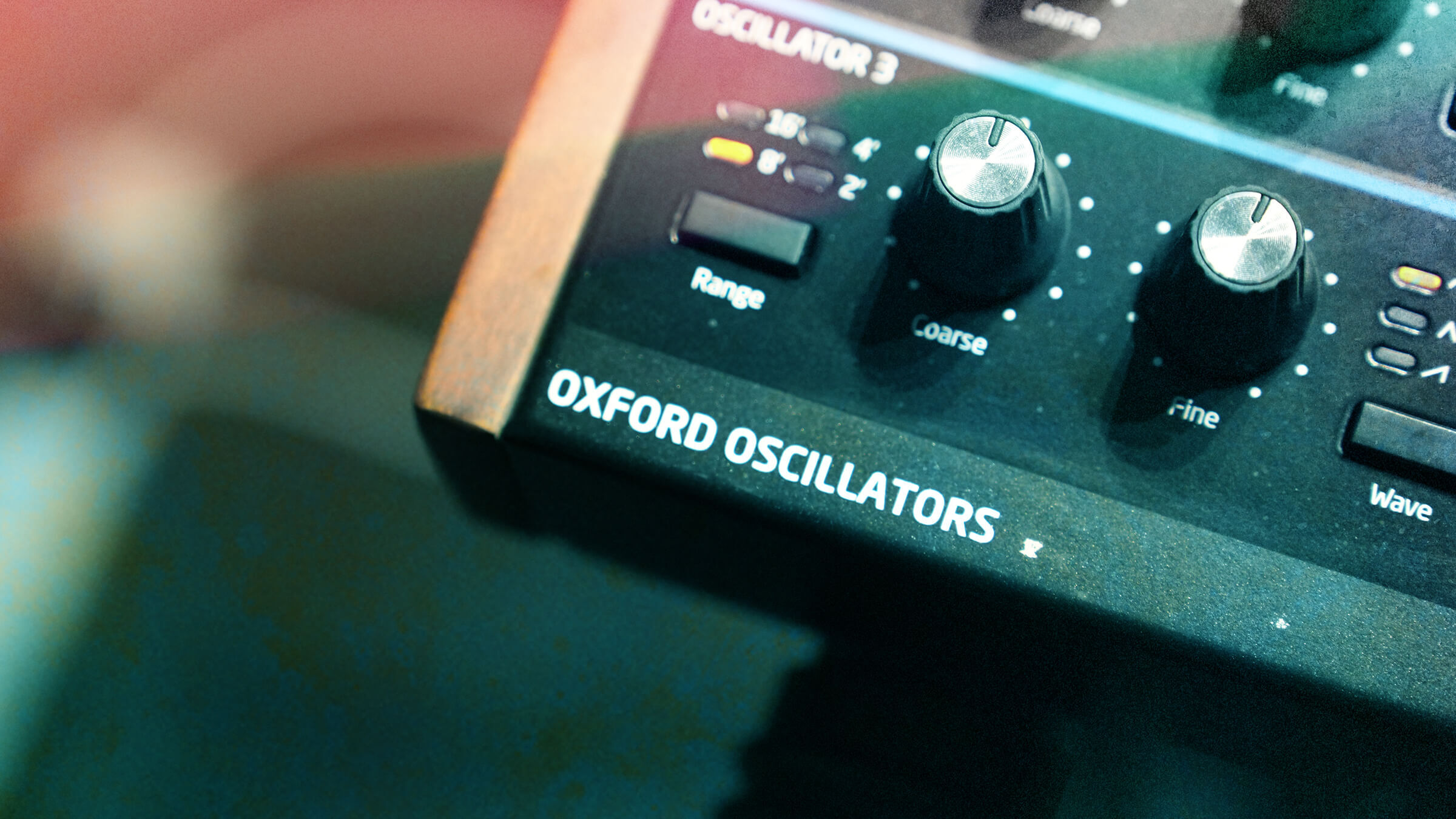
“Chris Huggett was an incredible designer, and now that I've played the majority of instruments he worked on, I can spot his handiwork and quirks,” says Alex. “The use of state-variable filters, something I'm a huge fan of, is a Huggett signature — even more so when there's filter width involved, as there is on the Summit.
“Digital oscillators are another hallmark of Chris' work, and his experimentation with that technology became ever more ambitious over the decades. Peak and Summit are fantastic examples of his style, they have his fingerprints all over them.”
2019: Warp Records’ 30th Anniversary
In celebration of three decades of British electronic music institution Warp, we teamed up for an extremely limited-edition Bass Station II. Just five of these were ever made, with each one going to a different lucky listener during the label’s 100-hour takeover of NTS Radio.
2020: Novation AFX Station
Richard D. James originally approached Novation with a pair of feature requests for his beloved Bass Station II — microtuning and the ability to assign different patches to each individual note. We made the results available to everyone, first with the free v4.14 firmware update and later with the limited-edition AFX Station, a Weirdcore-designed, Aphex Twin-approved aesthetic overhaul that sold out in short order.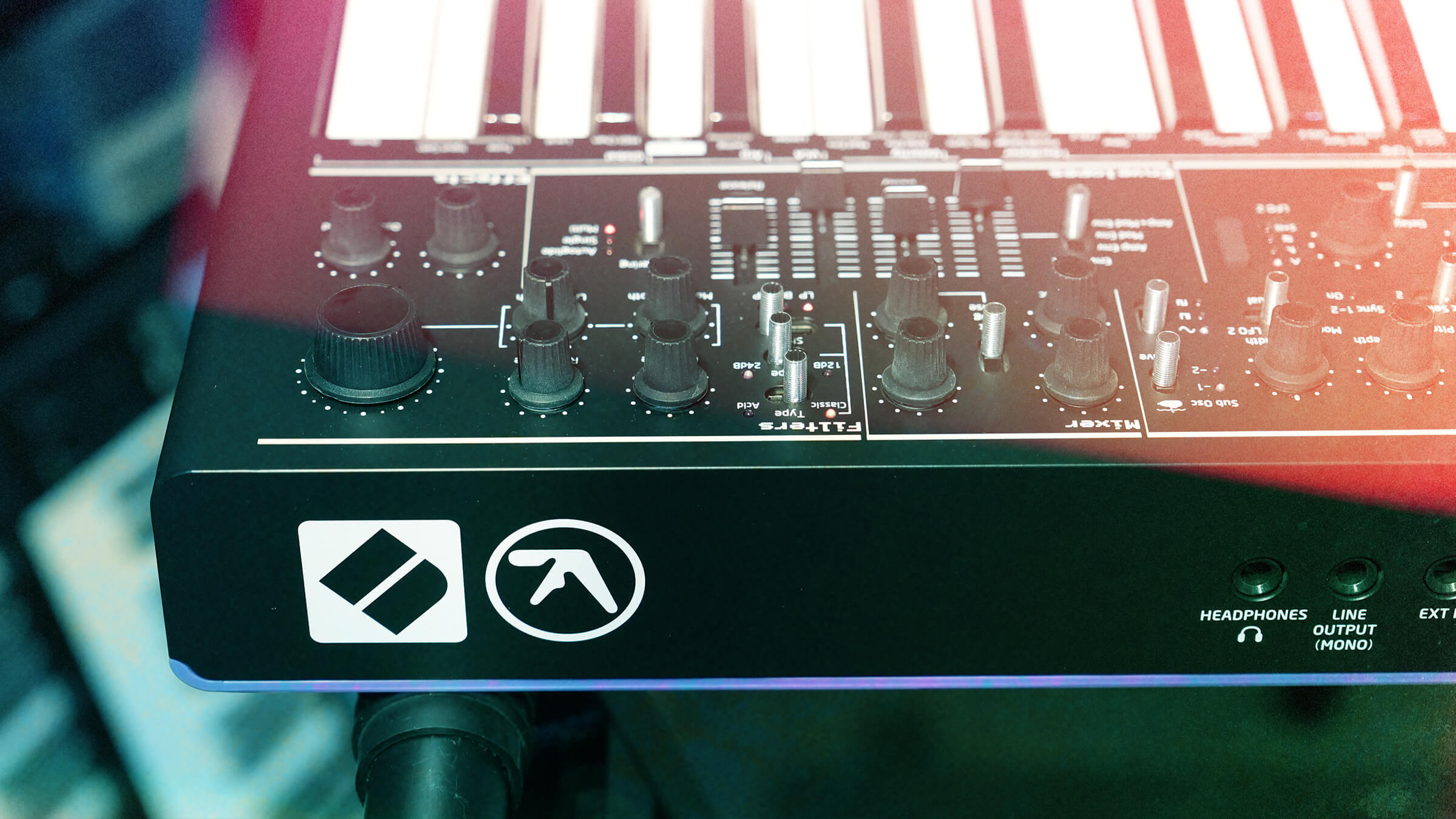
“The AFX station benefited from its new panel legend. It represented the key combinations for the new functionality that hadn't even been thought up when the BS2 initially launched years earlier. Using AFX mode on the original, you need to develop a bit of memory for where things are. It also looks super sleek, which is never a bad thing,” says Alex.
2025: GForce Bass Station
More than 30 years on, the original Bass Station’s legacy is still going strong. Most recently, we partnered with analogue-modelling experts GForce to virtualise the authentic sound of Bass Station once again, this time with polyphony, expansive modulation, and a host of other features we never could have imagined the first (or second) time around.
2025: Bass Station II Swifty Edition
The latest chapter in Bass Station II’s story is our recent collaboration with British graphic designer Ian “Swifty” Swift, who lent his talents to a limited-edition white-and-blue overhaul. The Swifty Edition also comes packed with new sounds from Legowelt, Pecq, and Maria Chiara Argirò.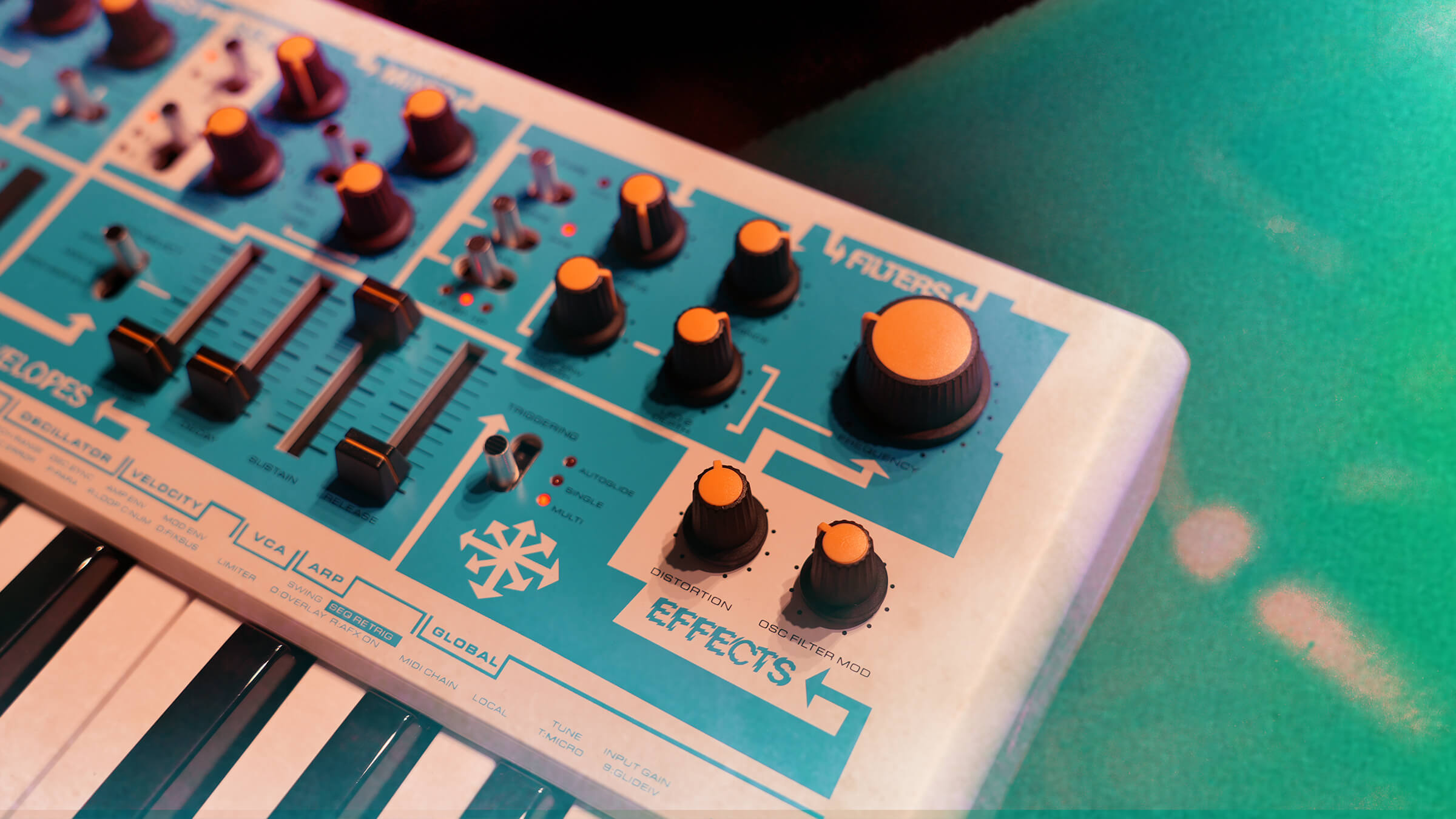
Want to watch more synth documentaries? Head over to Alex's YouTube channel to watch more deep dives into your favourite synths.
